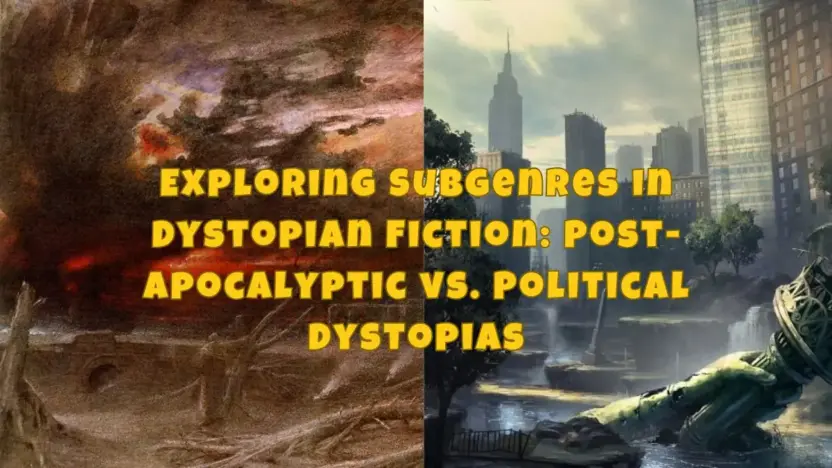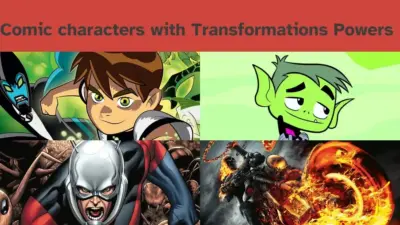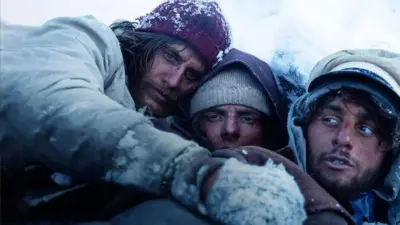Dystopian fiction is a genre of literature that explores a nightmarish and oppressive society, often set in the future or an alternate reality. These stories typically depict a world where freedom, justice, and other human rights are severely compromised or entirely absent. The government or ruling body in these narratives is usually oppressive, employing surveillance, censorship, and control to maintain its power.
Dystopian fiction often serves as a cautionary tale, warning readers about the potential consequences of current societal issues if left unchecked. It invites readers to reflect on themes like individuality, freedom, and the human spirit in the face of adversity, making it a compelling and thought-provoking genre.
Exploring Subgenres in Dystopian Fiction: Post-Apocalyptic vs. Political Dystopias
Exploring the Subgenres of Dystopian Fiction
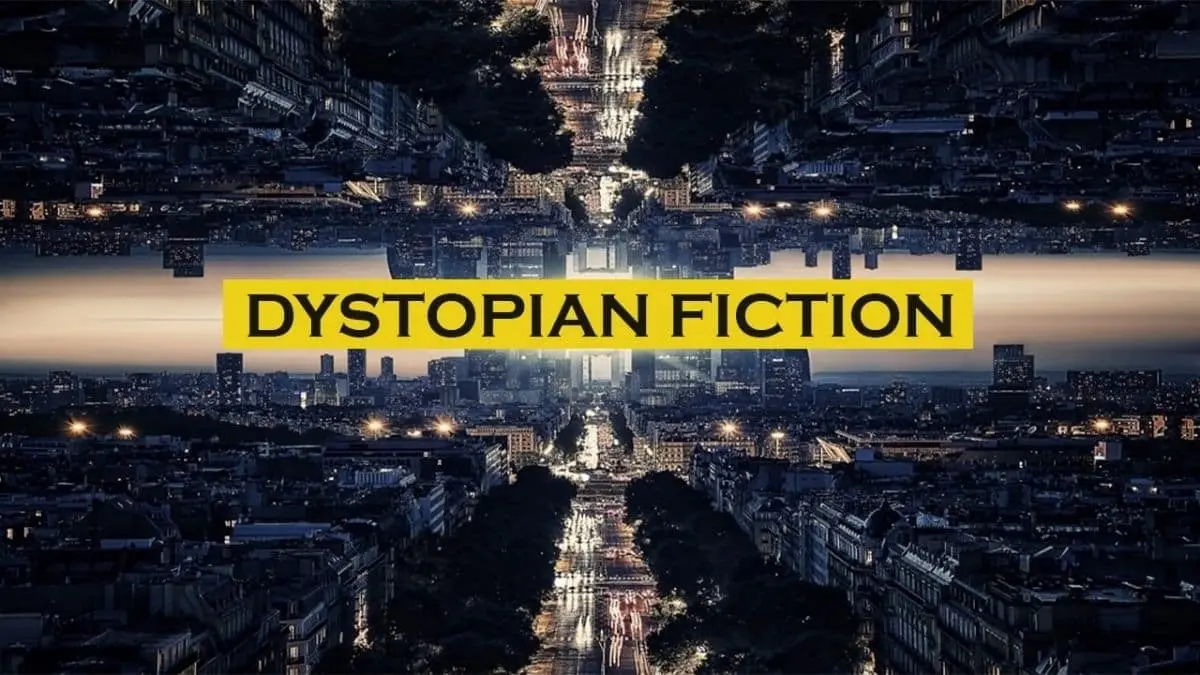
Dystopian fiction is a broad and varied genre, often blending with other types of speculative fiction. It can be categorized in various ways based on themes, settings, and narrative devices. Some common themes that might be considered subgenres within dystopian fiction include post-apocalyptic societies, totalitarian governments, environmental disaster scenarios, Political Dystopias, and technological dystopias.
Each subgenre presents its unique exploration of a dark and oppressive world. It reflects deep-seated societal fears and offering commentary on potential future trajectories. These narratives challenge readers to consider the implications of our actions today and the paths they could lead us down in a dystopian tomorrow.
The Post-Apocalyptic Landscape in Dystopian Fiction
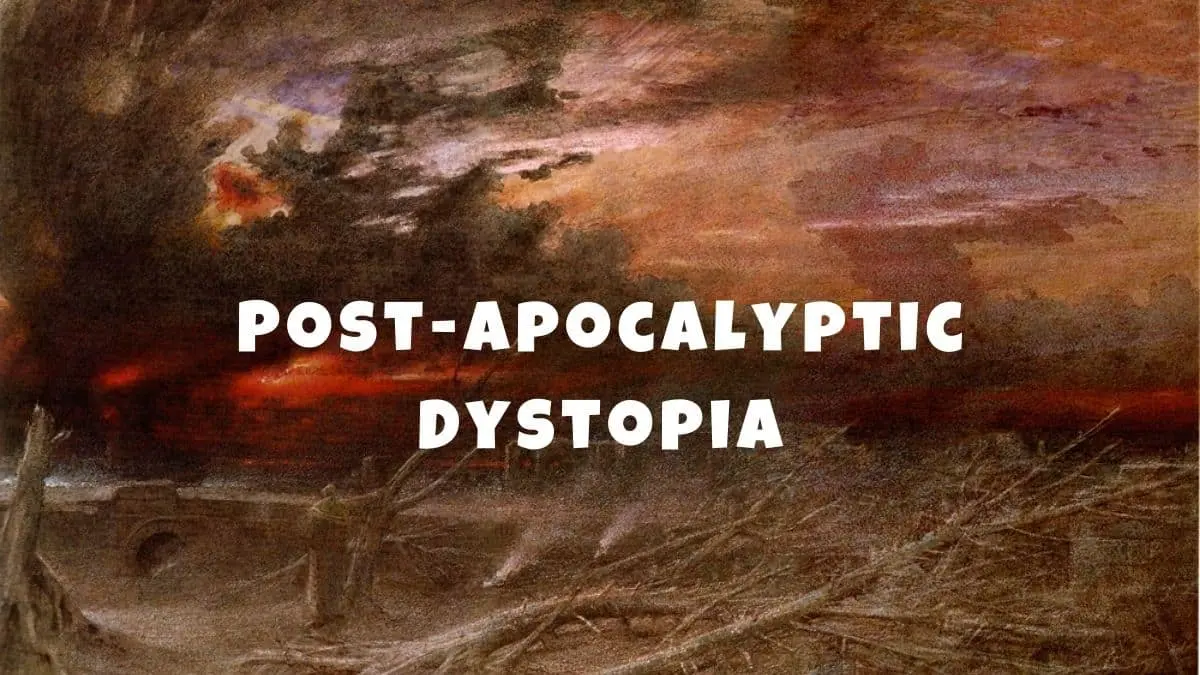
Post-apocalyptic subgenres in dystopian fiction depict the aftermath of a catastrophic event that drastically alters the world. These narratives often explore the struggle for survival in a landscape. It is ravaged by disasters like nuclear war, pandemics, or environmental collapse. Society, as we know it, has crumbled, and characters must navigate a new, often harsh and lawless world.
The themes of isolation, resilience, and the human spirit’s tenacity are common. The stories frequently focuses on the rebuilding of society and the redefinition of morality and civilization. This subgenre serves as a dramatic exploration of humanity’s perseverance and adaptability in the face of ultimate despair, reflecting deep-seated anxieties about our world’s future and our place within it.
The Realm of Political Dystopias in Fiction
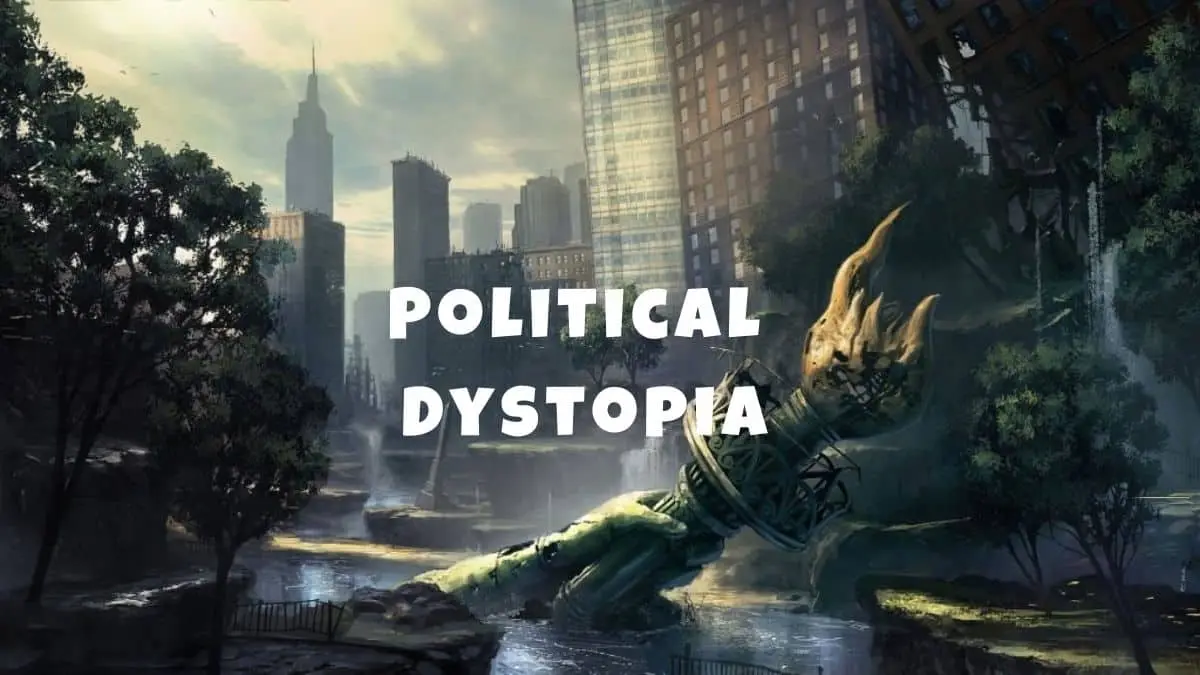
Political dystopias in dystopian fiction depict societies where oppressive governments have taken control, often after a significant societal upheaval or crisis. These narratives explore themes of power, corruption, surveillance, and individual freedom. It shows a world where totalitarian regimes limit human rights and freedoms.
The stories often follow characters who become aware of the oppressive nature of their government and choose to resist or escape it. This subgenre serves as a warning about the potential for political systems to become authoritarian. It also reflects anxieties about state control, propaganda, and the loss of personal liberties. Political dystopias challenge readers to consider the value of democracy, the importance of civil rights, and the dangers of unchecked governmental power.
Post-Apocalyptic vs. Political Dystopias

Political Dystopias and Post-Apocalyptic are two different kinds of stories you’ll find in the world of dystopian fiction. Each of them paints a picture of a scary future but in its own way.
Post-Apocalyptic stories are all about what happens after a huge disaster like a big war, a deadly disease, or a massive environmental crisis. This has changed the world completely. These stories focus on the people left behind trying to survive in a world where everything they knew is gone. They’re about finding food, staying safe, and figuring out how to live in a place that’s often dangerous and lonely. These tales often talk about how people come together to rebuild. It also tells what it means to be human when everything else has fallen apart.
Political Dystopias, on the other hand, are more about what happens when governments go bad. They show us worlds where leaders have become too powerful and don’t care about people’s rights or freedoms. In these stories, you’ll see a lot of spying, lying, and controlling what people can do or say. The main characters usually realize that their leaders are doing bad things and decide to fight back or escape. These stories make us think about how important it is to have a fair and free society and what can go wrong when power is in the wrong hands.
Even though both types of stories show us a world that’s not so great, they look at different problems. and what those problems mean for the people trying to survive in those worlds. Sometimes, the two types can mix a bit, but they each have their own important messages to tell.
Insight into Post-Apocalyptic and Political Dystopian Works
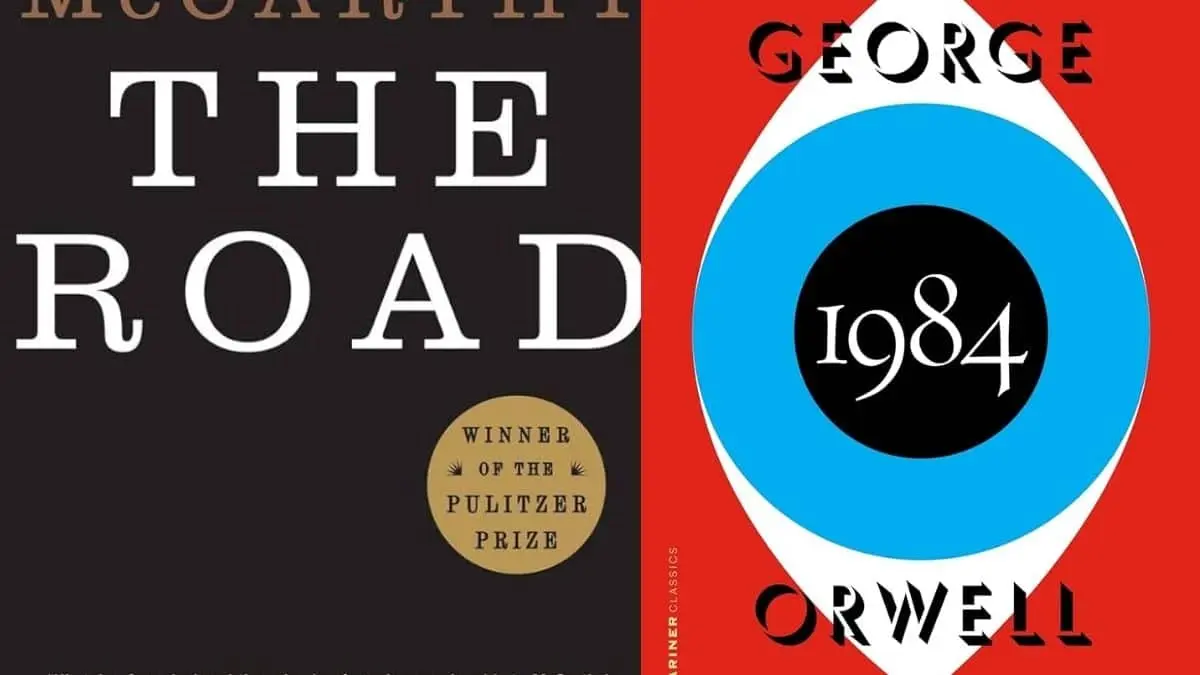
In the realm of dystopian fiction, Post-Apocalyptic and Political Dystopias stand out as powerful genres, each offering distinct perspectives to critique and reflect on societal issues.
Post-Apocalyptic works typically emerge from the ruins of a cataclysmic event that has reshaped the world. Notable examples include Cormac McCarthy’s “The Road,” which delves into the survival journey of a father and son in a devastated world; the “Mad Max” film series, portraying survival and human nature in a resource-scarce, anarchic landscape; and Emily St. John Mandel’s “Station Eleven,” focusing on human connections and culture post a global pandemic.
On the other hand, Political Dystopias focus on oppressive regimes and the erosion of freedom and rights. George Orwell’s “1984” epitomizes this subgenre with its portrayal of a totalitarian state, Margaret Atwood’s “The Handmaid’s Tale” presents a theocratic society with deep gender oppression, and “V for Vendetta” by Alan Moore and David Lloyd explores rebellion against a fascist government.
Both genres, in their respective narratives, serve as cautionary tales — Post-Apocalyptic works highlighting human resilience and the process of rebuilding, while Political Dystopias offering a critique of present trends and their potential to lead to a dystopian future. They compel readers to ponder over the current state of our world, the values we uphold, and the consequences of societal choices.
Reflecting on Dystopian Warnings: A Concise Conclusion
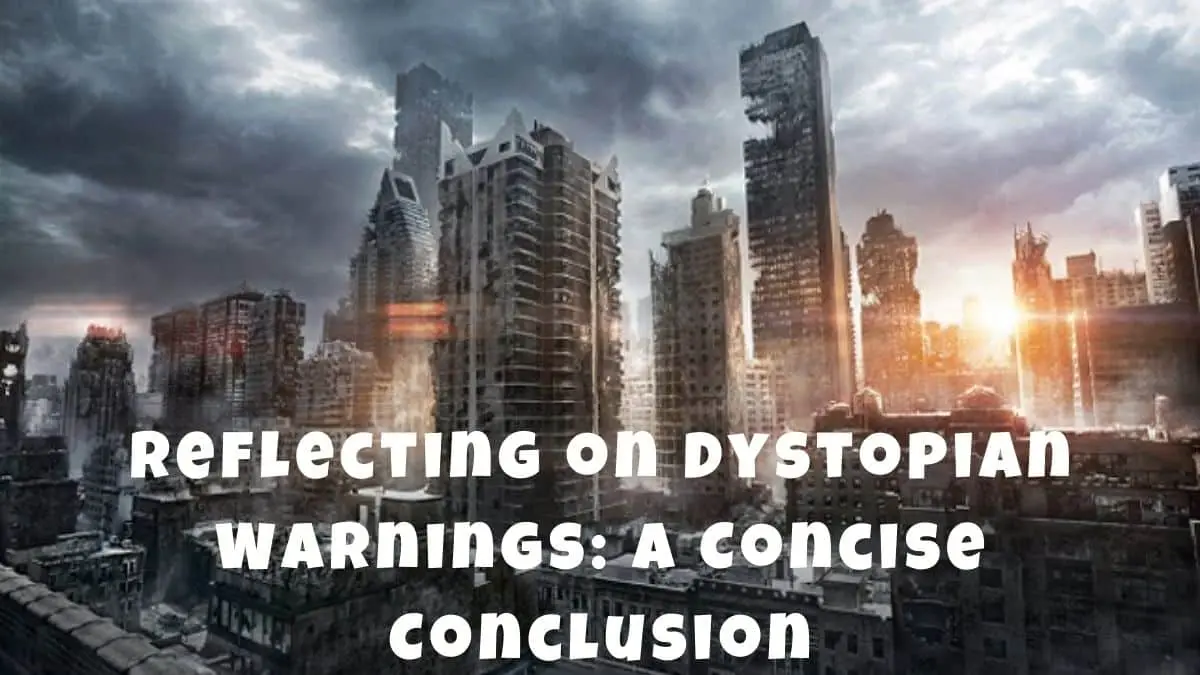
Dystopian fiction, with its Post-Apocalyptic and Political Dystopias, presents grim but insightful views of future societies. While Post-Apocalyptic tales focus on survival in a drastically changed world, Political Dystopias warn of oppressive governments and lost freedoms.
Both serve as cautionary tales, urging us to reflect on our current path and the importance of freedom, rights, and resilience. These stories aren’t just about dark futures; they’re reminders to safeguard our society’s values and work towards a better, more just world.
Also Read: 10 Best Dystopian Novels | Top 10 Novels With Dystopian Society
